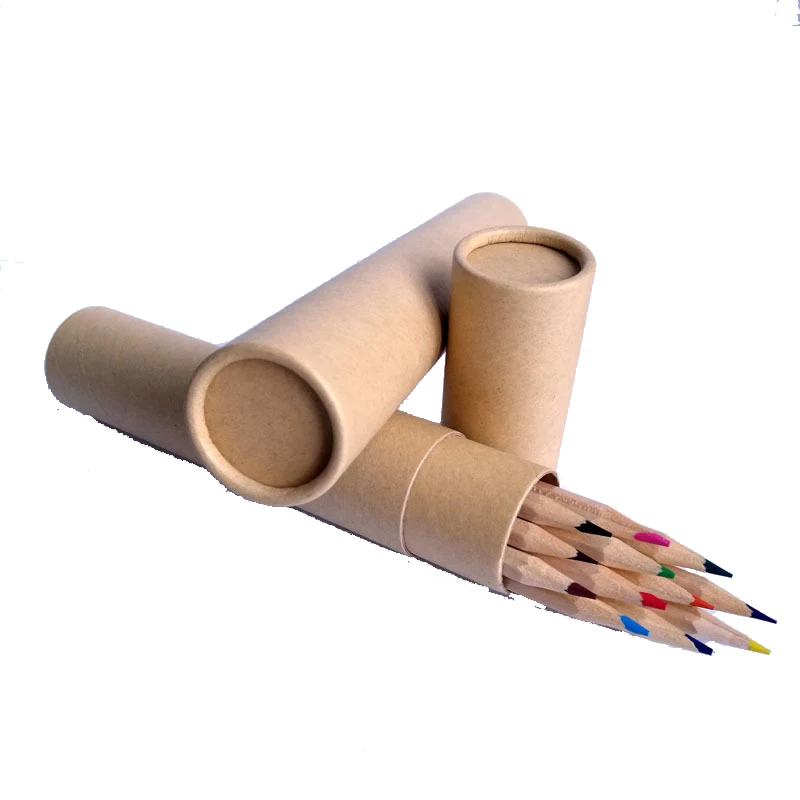
Chitosan bonds with platelets and red blood cells to form a gel-like clot which seals a bleeding vessel.

Chitosan Ĭhitosan hemostats are topical agents composed of chitosan and its salts. The practical application for MCH is different from that of the hemostatic clamp. The surgeon presses the MCH against a bleeding site, and the collagen attracts and helps with the clotting process to eventually stop bleeding. Unlike the hemostatic clamp, no mechanical action is involved. It attracts platelets and allows for the formation of a blood clot when it comes into contact with blood. Microfibrillar collagen hemostat (MCH) is a topical agent composed of resorbable microfibrillar collagen. They are available in three forms-as a granular powder poured on wounds, as a "styptic pencil" or embedded in a dressing. Topical hemostatic agents have been gaining popularity for use in emergency bleeding control, especially in military medicine. These include antifibrinolytics, blood coagulation factors, fibrinogen, and vitamin K.

There are several classes of antihemorrhagic drugs used in medicine. These agents permit rapid hemostasis, better visualization of the surgical area, shorter operative times, decreased requirement for transfusions, decreased wound healing time and overall improvement in patient recovery time.

They vary based on their mechanism of action, composition, ease of application, adherence to tissue, immunogenicity and cost. Hemostatic agents are used during surgical procedures to achieve hemostasis and are categorized as hemostats, sealants and adhesives.


 0 kommentar(er)
0 kommentar(er)
